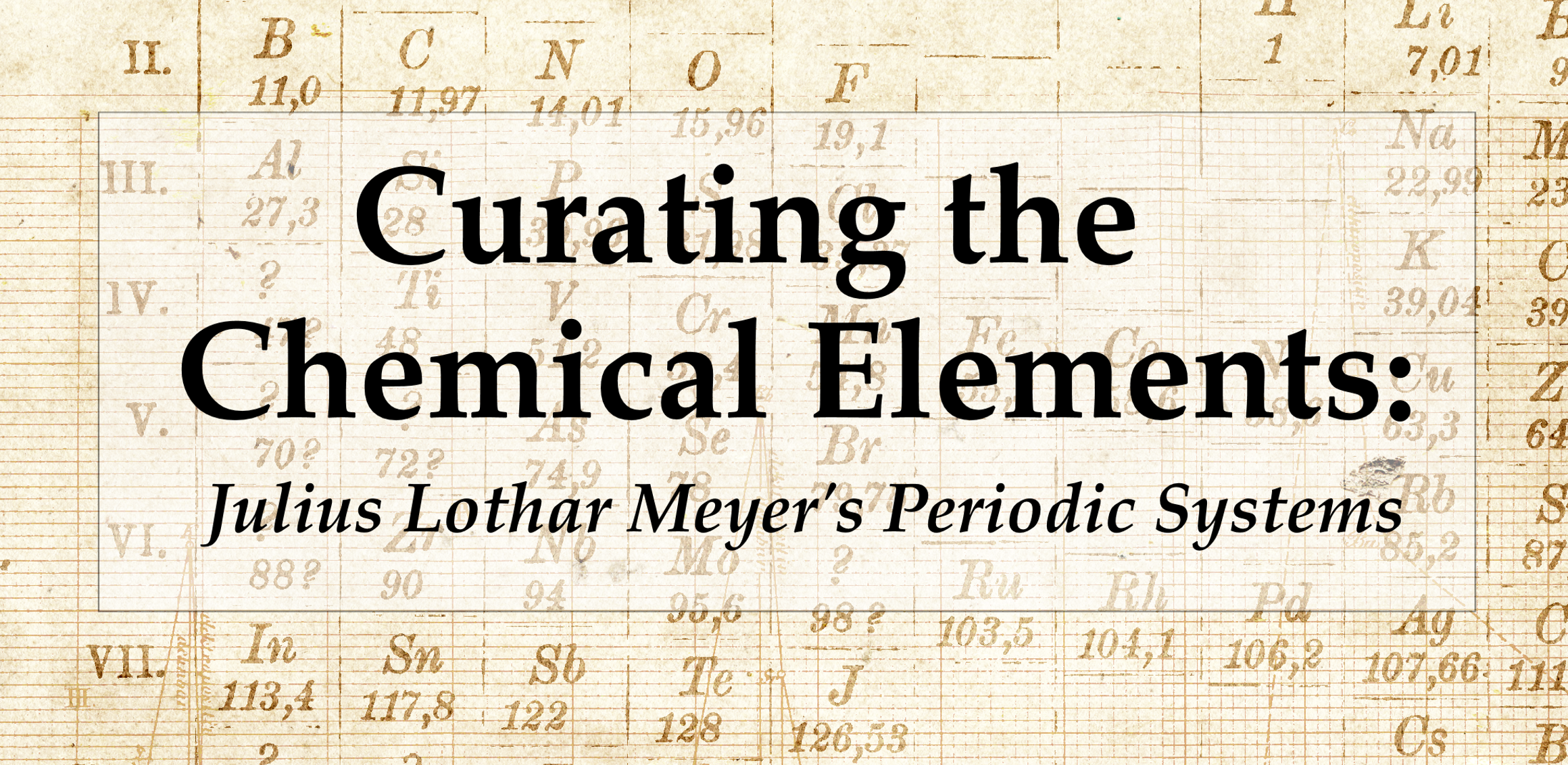
The year 2019 marks 150 years from Dmitrii Ivanovich Mendeleev’s discovery of the periodic system of chemical elements. However, Mendeleev was not alone in discovering the system. In 1862-1870, seven chemists created systems that historians recognise as the “precursors” for the periodic table we have today. One of them was Julius Lothar Meyer (1830-1895). Both Meyer and Mendeleev were awarded the Davy Medal for their discovery of the “periodic relations of the atomic weights” by the Royal Society of London awarded in 1882.
Meyer is known for his textbook Die modernen Theorien der Chemie. In the book, Meyer argued that theories and hypotheses were helpful aids in chemical investigations. Such an argument was quite bold, as chemistry was marked by its empiricism in the 19th century. Apart from the textbook, Meyer is also known for his graphic curve that shows the periodic relationship between atomic volumes and atomic weights. The curve is perhaps the most vivid early illustrations of the periodicity of the chemical elements.
This exhibition was put together by Karoliina Pulkkinen, PhD student in the Department of History and Philosophy of Science, with support from the staff of the Whipple Library. Click through to see the digital display, which you can view in person on level one in the library.
